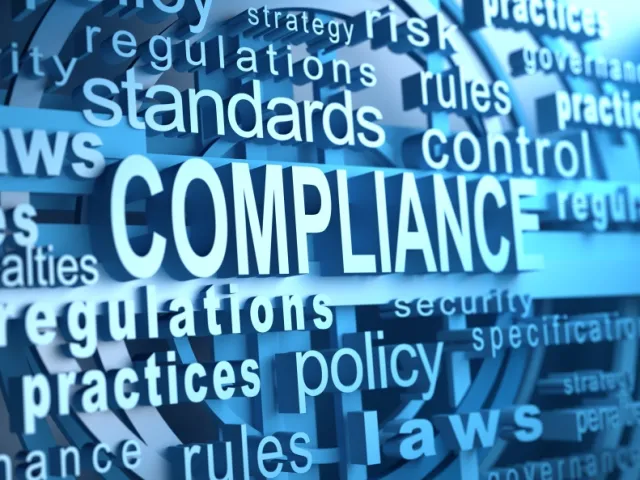Table of contents
Your wholesale operations are already accustomed to managing lot-level requirements under the Drug Supply Chain Security Act (DSCSA). But the next phase of DSCSA demands much more than just tracking lot numbers. Starting next year—on November 27, 2019—a serialization requirement for wholesale distributors takes effect.
This means that by the DSCSA deadline, your wholesale business must:
- Buy and sell only drug product that has been serialized.
- Verify product identifiers at the sealed homogenous case level or the saleable unit level.
Here are five considerations to help you prepare for the 2019 requirement.
1. Verification processes
When a pharmaceutical supplier ships you product after November 2019, you must verify that you are receiving the right barcode with the right serial number and other supporting data. Handling exceptions such as quantity errors or wrong NDCs means you will have to send product back or hold it in quarantine until you resolve the exception.
You may also encounter non-labeled product that falls under FDA enforcement discretion, grandfathering, or other exemptions, so expect a steep learning curve as your employees adapt to managing mixed inventory. How will warehouse workers get up to speed on managing both serialized and non-serialized product?
It’s worth noting that while the law says that wholesale distributors need to receive serialized product, it does not specify when. Operationally, your company will need to decide how you want to handle it. Some distributors will scan on the inbound, while others are concerned that doing so could negatively impact efficiencies. They may continue to receive against lot number, and scan on the outbound during the picking process.
2. Aggregation
With lot-level inventory management, warehouses have well-defined processes for receiving, putaway, and pick-pack-ship. But with serialization, many wholesale companies are requiring aggregation from their suppliers to boost business efficiencies within their warehouse operations. This requires a solution that can accurately capture and manage aggregated product data.
Aggregation is not a legal requirement, however, so you will likely receive both aggregated and non-aggregated product. If you do, how will you manage the mix of data for both? And if you decide to pass aggregation downstream to customers, you will need to address the outbound implications of aggregation as well.
3. Saleable returns
After November 27, 2019, you will be required to verify the product identifier of all returned product you intend to resell. You will not be able to resell product until you have the accurate documentation for it.
Think about what technology you will need so you can verify saleable returns against the manufacturer’s data, identify where returns are coming from, and resolve any exceptions.
4. Master data
Master data is part of the fabric of meeting serialization requirements across a large supply chain ecosystem. How you manage master data to build a reliable system of record in your own business will be a substantial task.
As you prepare your master data for compliance:
-
- Understand where your master data is currently stored. For many companies, there is no central repository, and it must be pulled from multiple systems.
- Determine who is responsible at your company for ensuring the master data is in good shape.
- Make plans for how you will submit, store, verify, and exchange Global Trade Item Number (GTIN) information with your suppliers.
- Determine how you will keep master data updated as you add more products and suppliers.
5. Connecting to suppliers and customers
If you have yet to meet the 2015 lot-level requirement—or you are still relying on paper for lot-level compliance today— you will need to establish an electronic data-sharing connection with all your suppliers and customers to be DSCSA-compliant in 2019.
Individual point-to-point EDI connections are time-intensive to create—and costly. A network approach allows you to integrate once and interoperate with all your customers and suppliers with a single connection, while helping you manage disparate data formats and business rules required by your partners.
TraceLink: A proven network solution for wholesale distributors
Serialization will have a significant impact on your business and warehouse processes, so starting now is critical. Our real-time information sharing network is ready today and eliminates the time and cost of building a custom point-to-point solution. In fact, more than 100 TraceLink pharmaceutical customers are already live and shipping serialized product, and 322 million transaction histories have been processed.
With 265,000 life science supply chain companies on the network, it’s likely that many of your customers and suppliers are already connected with us. Contact us today for a free network evaluation and to learn how TraceLink can help you electronically track warehouse operations using serialization data.






